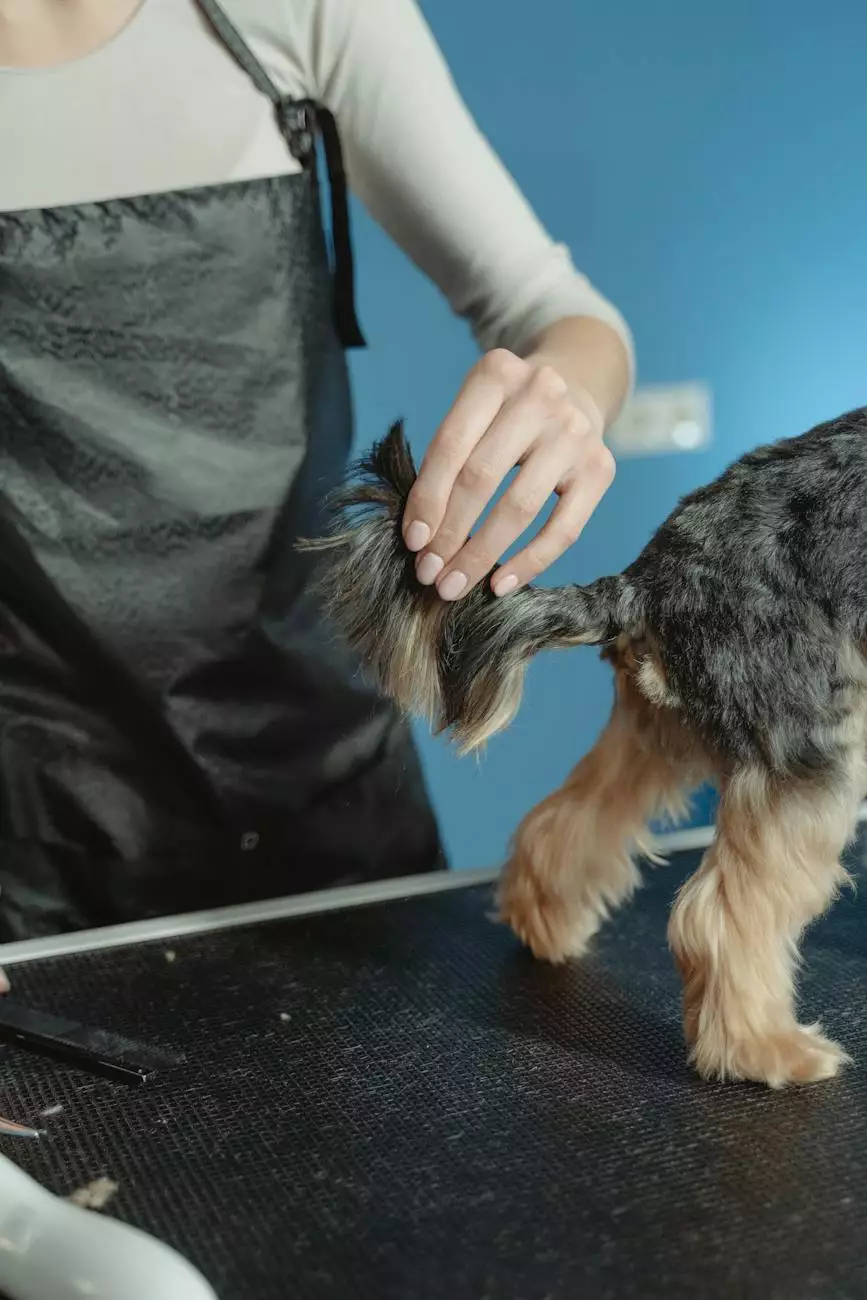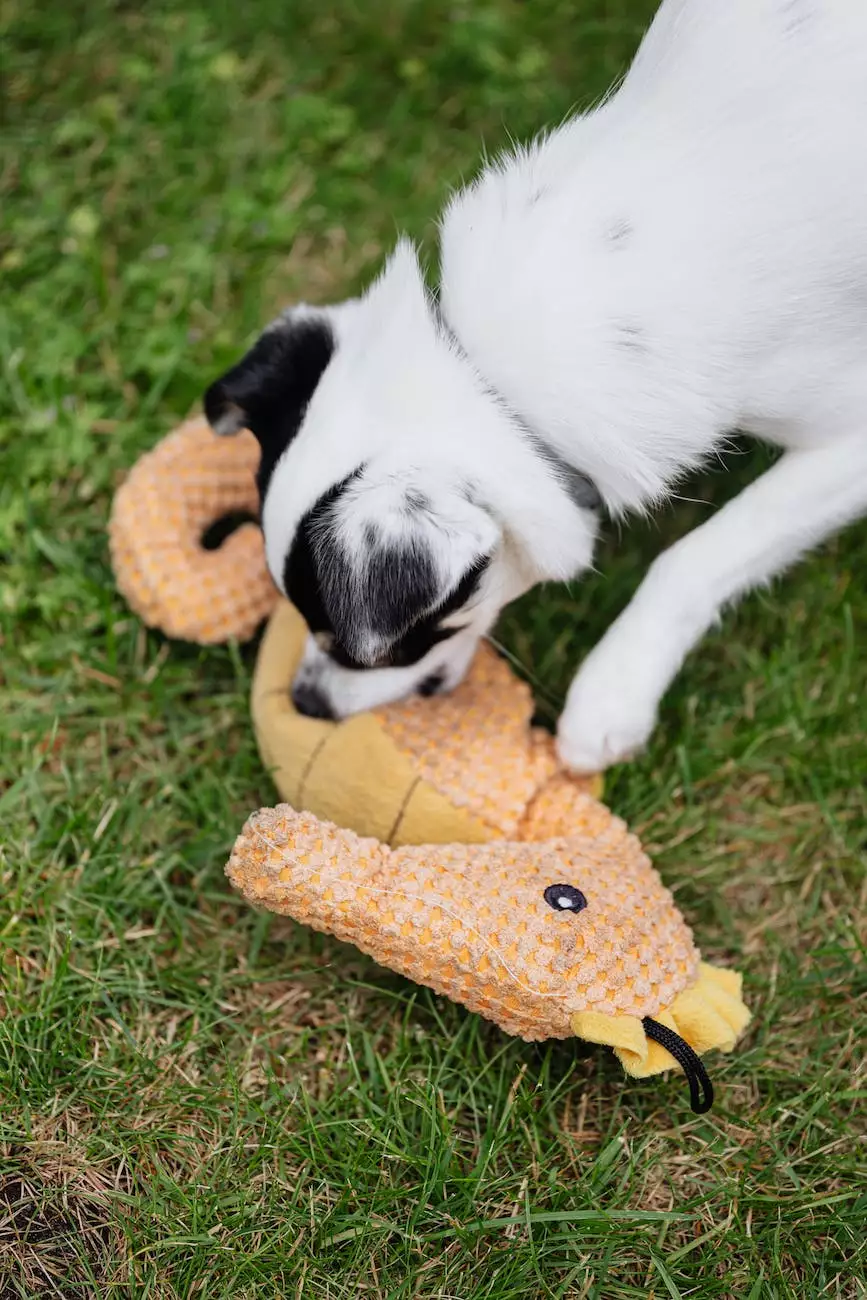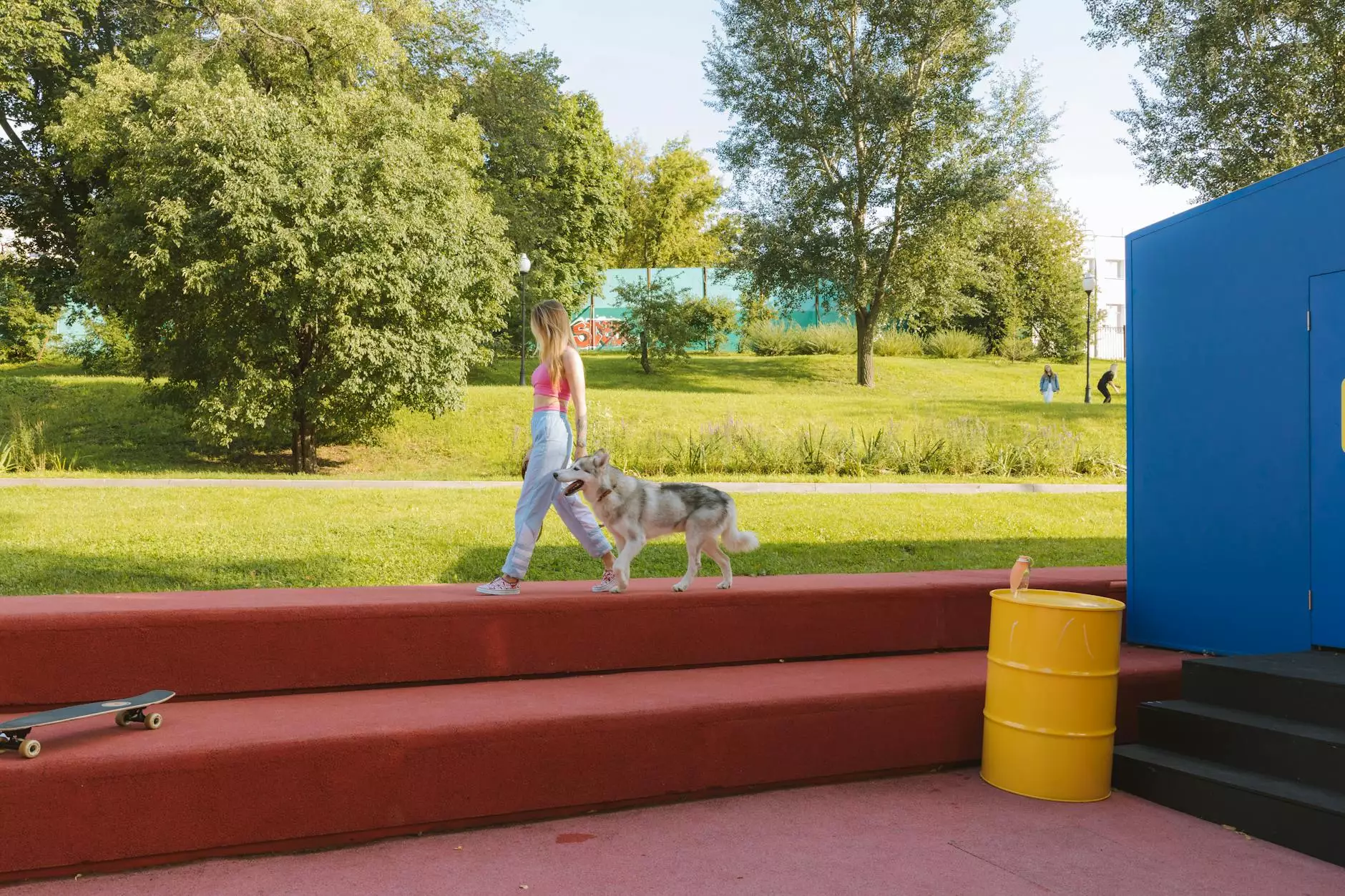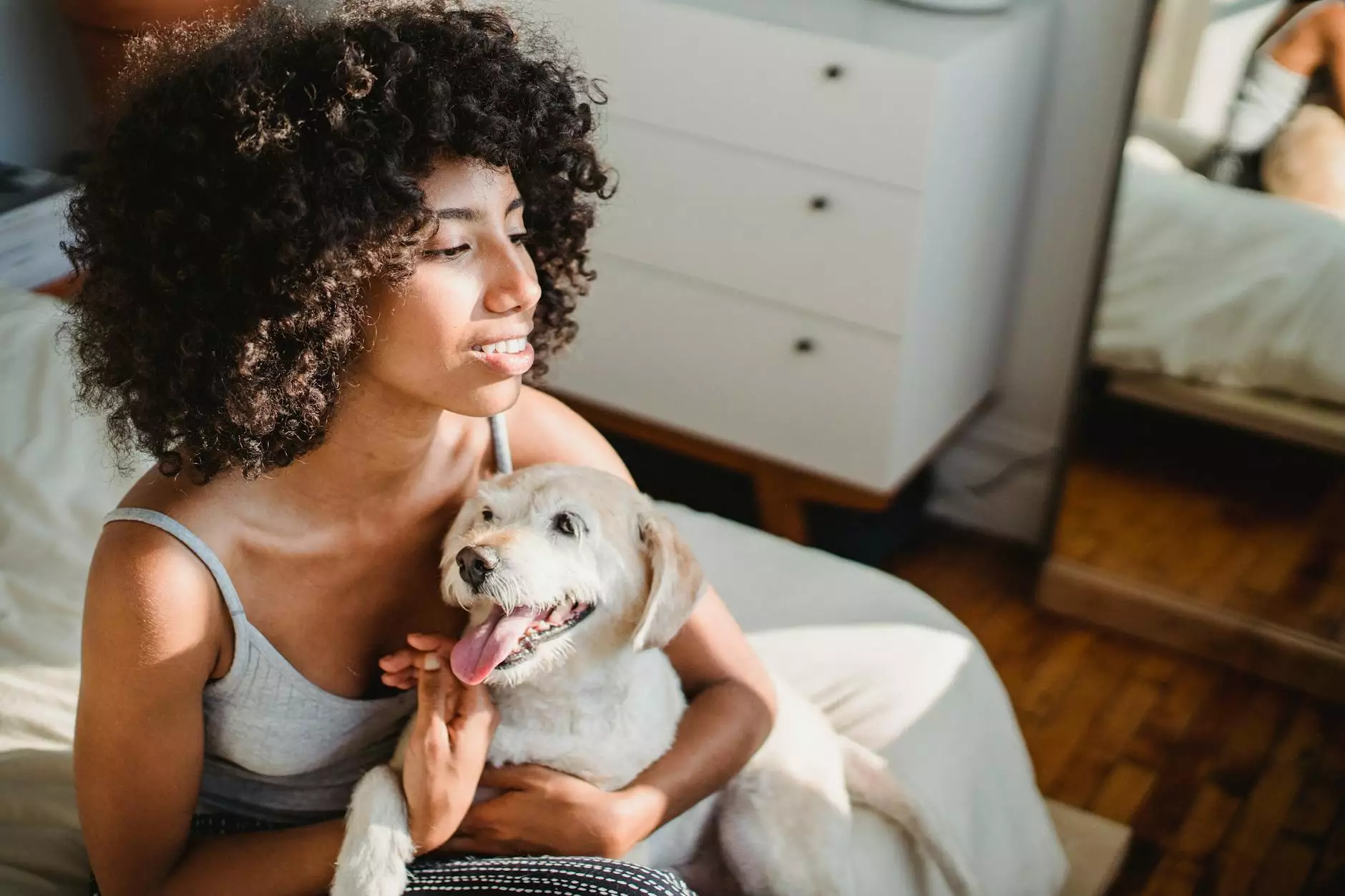Why Does My Dog Growl & What Can I Do About It
Aggression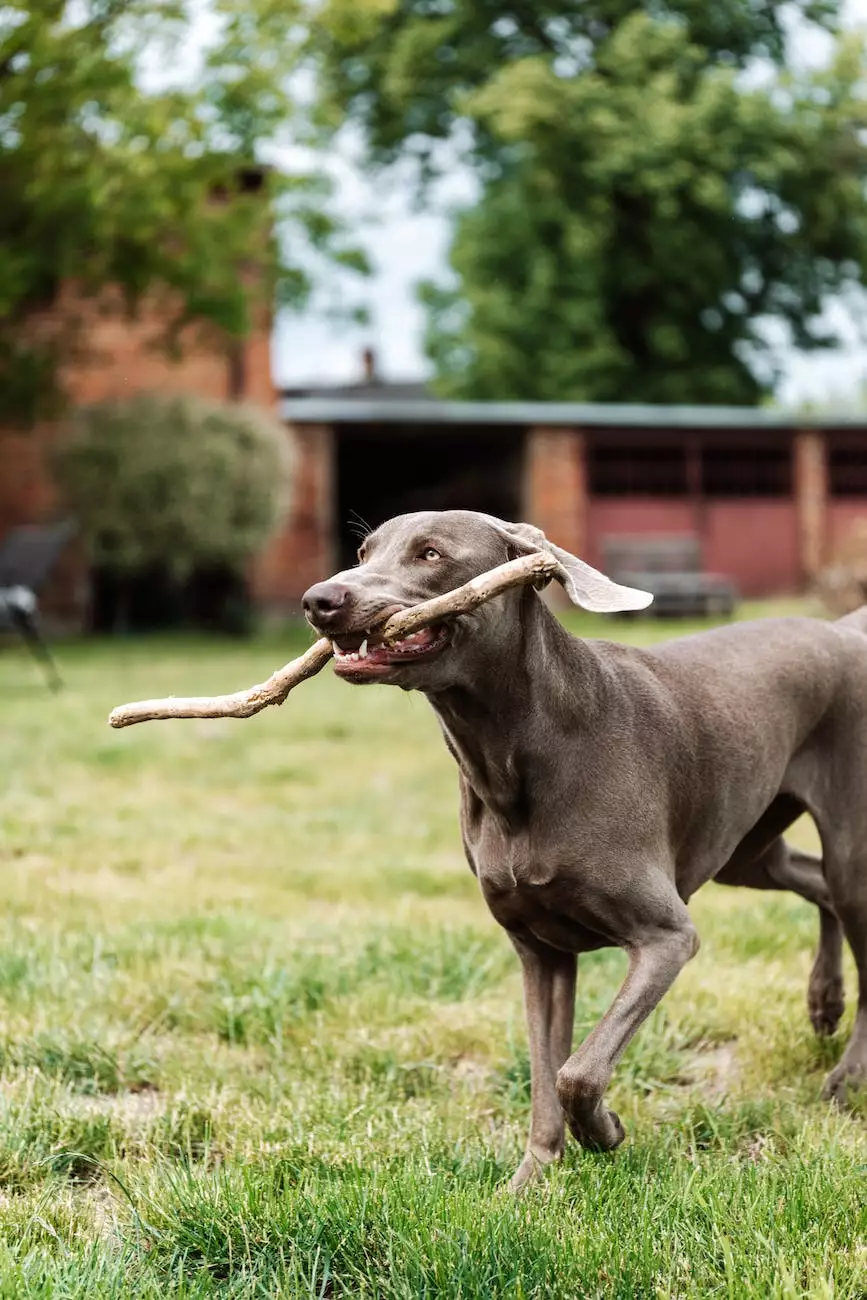
Understanding the Reasons Behind Dog Growling
As a responsible dog owner, it's important to understand the reasons behind your dog's growling. Growling is a form of communication that dogs use to express their discomfort, fear, or aggression. It's crucial to address this behavior early on to prevent any potential escalation and ensure the well-being of both your dog and those around them.
The Importance of Identifying Triggers
One of the first steps in addressing dog growling is identifying the triggers that cause this behavior. Dogs can growl in various situations, including when they feel threatened, when protecting their resources, or when experiencing pain or illness. By identifying the specific triggers, you can tailor your approach to effectively address and manage the growling behavior.
Positive Reinforcement Techniques
Positive reinforcement techniques are essential when addressing dog growling. It's important to focus on rewarding desired behaviors rather than punishing unwanted ones. By rewarding your dog for calm and non-aggressive behavior, you can gradually reinforce positive associations and reduce their tendency to growl. Consistency, patience, and positive reinforcement are key to success.
Seeking Professional Help
If you're facing difficulties in tackling your dog's growling behavior or if it escalates into more aggressive behaviors, seeking professional help is highly recommended. Professional dog trainers, behaviorists, and veterinarians can provide tailored advice and guidance based on your specific situation. They can identify underlying causes and develop a customized training plan to address and manage the growling behavior effectively.
Creating a Safe Environment
In addition to training, creating a safe environment plays a crucial role in addressing dog growling. Ensuring that your dog feels secure and comfortable reduces their likelihood of growling. Remove any potential triggers or stressors from their surroundings, provide ample mental and physical stimulation, and establish a predictable routine to minimize anxiety and fear.
Building Trust and Bonding
Building trust and bonding with your dog is essential in addressing and preventing growling. Spend quality time with your dog, engage in positive activities such as playtime or training sessions, and establish yourself as a reliable and trustworthy figure. A strong bond with your dog will not only reduce growling but also improve their overall obedience and behavior.
Socialization and Exposure
Proper socialization and exposure to various environments, people, and other animals are essential for preventing and managing dog growling. Gradually introduce your dog to new experiences and situations, ensuring positive interactions and associations. This will help them develop confidence and reduce their tendency to growl when faced with unfamiliar stimuli.
Regular Exercise and Mental Stimulation
Regular exercise and mental stimulation are crucial to maintaining your dog's physical and mental well-being, which in turn can help reduce growling behavior. Engage your dog in daily exercise routines, such as walks, playtime, or interactive games. Additionally, provide mental stimulation through puzzle toys, obedience training, or scent work activities to keep their mind occupied and minimize anxiety or frustration.
Conclusion
Addressing dog growling requires a holistic approach, including understanding the reasons behind the behavior, identifying triggers, using positive reinforcement techniques, seeking professional help if needed, creating a safe environment, building trust and bonding, socialization and exposure, and providing regular exercise and mental stimulation. By implementing these strategies, you can effectively manage and reduce your dog's growling behavior, ensuring a harmonious and happy relationship between you and your furry friend.


